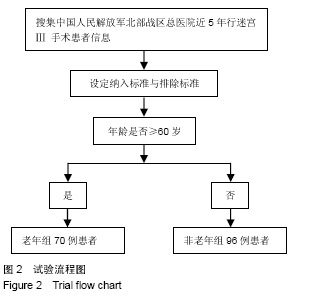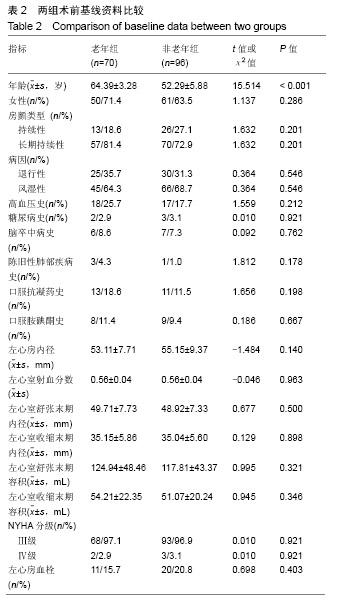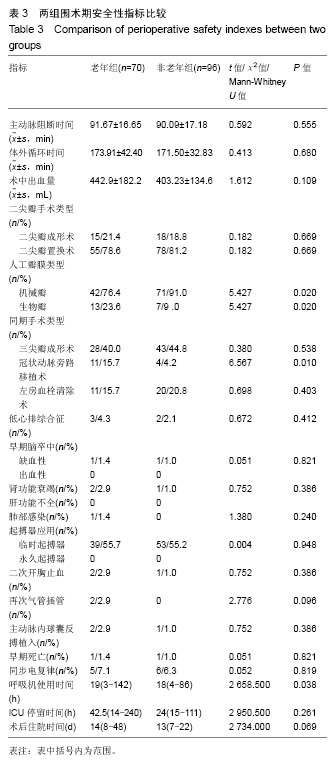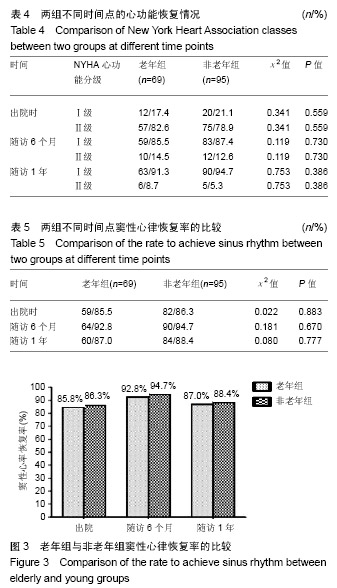| [1]Lip GYH,Collet JP,Caterina R,et al.Antithrombotic therapy in atrial fibrillation associated with valvular heart disease: a joint consensus document from the European Heart Rhythm Association (EHRA) and European Society of Cardiology Working Group on Thrombosis, endorsed by the ESC Working Group on Valvular Heart Disease,Cardiac Arrhythmia Society of Southern Africa (CASSA), Heart Rhythm Society (HRS), Asia Pacific Heart Rhythm Society (APHRS), South African Heart (SA Heart) Association and Sociedad Latinoamericana de Estimulacion Cardiaca y Electrofisiologia (SOLEACE). Europace.2017;19(11):1757-1758. [2]Healey JS.The winding path towards rationale anti-thrombotic therapy to prevent stroke in patients with atrial fibrillation.Eur Heart J.2018;39(6):474-476. [3]Kirchhof P,Benussi S,Kotecha D,et al.2016 ESC Guidelines for the management of atrial fibrillation developed in collaboration with EACTS.Eur Heart J. 2016;37(38):2893-2962. [4]Marfella R,Sasso F,Siniscalchi M,et al.Brief episodes of silent atrial fibrillation predict clinical vascular brain disease in type 2 diabetic patients.J Am Coll Cardiol.2013;62(6):525-530. [5]Schnabel RB,Yin X,Gona P,et al.50 year trends in atrial fibrillation prevalence, incidence, risk factors, and mortality in the Framingham Heart Study: a cohort study.Lancet. 2015; 386(9989):154-162. [6]Bai Y,Wang YL,Shantsila A,et al.The Global Burden of Atrial Fibrillation and Stroke: A Systematic Review of the Clinical Epidemiology of Atrial Fibrillation in Asia.Chest. 2017;152(4): 810-820. [7]黄从新,张澍,黄德嘉,等.心房颤动:目前的认识和治疗建议(2018) [J].中国心律失常学杂志,2018,22(4):279-344.[8]Rahman F,Kwan GF,Benjamin EJ.Global epidemiology of atrial fibrillation. Nat Rev Cardiol. 2014;11:639-654. [9]Lee R,McCarthy PM,Wang EC,et al.Midterm survival in patients treated for atrial fibrillation: a propensity-matched comparison to patients without a history of atrial fibrillation.J Thorac Cardiovasc Surg.2012;143(6):1341-1351. [10]Ad N,Holmes SD,Massimiano PS,et al.Long-term outcome following concomitant mitral valve surgery and Cox maze procedure for atrial fibrillation. J Thorac Cardiovasc Surg. 2018;155(3):983-994. [11]Ad N,Damiano RJ,Badhwar V,et al.Expert consensus guidelines: Examining surgical ablation for atrial fibrillation. J Thorac Cardiovasc Surg.2017;153(6):1330-1354.e1. [12]Dunning J,Nagendran M,Alfieri OR,et al.Guideline for the surgical treatment of atrial fibrillation. Eur J Cardiothorac Surg. 2013;44(5):777-791. [13]Bagheri B,Akbarzadeh F,Parvizi R,et al.Freedom from atrial fibrillation after cox maze III ablation during follow-up.Niger Med J.2015;56(1):59-64. [14]Khargi K,Keyhan-Falsafi A,Hutten BA,et al.Surgical treatment of atrial fibrillation: A systematic review. Herzschrittmacherther Elektrophysiol.2007;18(2):68-76.[15]Stulak J,Suri R,Burkhart H,et al.Surgical ablation for atrial fibrillation for two decades: Are the results of new techniques equivalent to the Cox maze III procedure? J Thorac Cardiovasc Surg.2014;147(5):1478-1486. [16]Griffiths R,Beech F,Brown A,et al.Peri-operative care of the elderly 2014: Association of Anaesthetists of Great Britain and Ireland.Anaesthesia.2014;69 Suppl 1:81-98. [17]Curiel-Balsera E,Mora-Ordoñez JM,Castillo-Lorente E,et al. Mortality and complications in elderly patients undergoing cardiac surgery.J Crit Care.2013;28(4):397-404. [18]韩劲松,王辉山,汪曾炜,等. COX迷宫III型手术治疗风湿性二尖瓣病变伴发心房颤动的安全性和有效性[J].中华医学杂志, 2016, 96(13):1011-1015.[19]Wang H,Han J,Wang Z,et al.A Prospective randomized trial of the cut-sew Maze procedure in patients undergoing surgery for rheumatic mitral valve disease.J Thorac Cardiovasc Surg. 2018;155(2):608-617.[20]Ad N,Henry L,Hunt S,et al.Results of the Cox-Maze III/IV procedure in patients over 75 years old who present for cardiac surgery with a history of atrial fibrillation. J Cardiovasc Surg (Torino). 2013;54(2):281-288.[21]January CT,Wann LS,Alpert JS,et al.2014 AHA/ACC/HRS guideline for the management of patients with atrial fibrillation: a report of the American College of Cardiology/American Heart Association Task Force on Practice Guidelines and the Heart Rhythm Society.J Am Coll Cardiol.2014;64(21):e1-76. [22]Mizrahi EH,Fleissig Y,Arad M,Adunsky A.Short-term functional outcome of ischemic stroke in the elderly: A comparative study of atrial fibrillation and non-atrial fibrillation patients.Arch Gerontol Geriatr. 2014;58(1):121-124.[23]韩劲松,王辉山,汪曾炜,等.人工瓣环置入和迷宫III型手术治疗退行性二尖瓣环扩张伴发心房颤动[J].中国组织工程研究, 2015, 19(52):8522-8528.[24]韩劲松,王辉山,尹宗涛,等.人工腱索移植和马鞍环环缩修复退行性二尖瓣关闭不全[J].中国组织工程研究, 2014,18(5):705-711.[25]韩劲松,王辉山,尹宗涛,等.两种人工瓣环置入修复单纯二尖瓣环扩张引起的二尖瓣关闭不全的比较[J].中国组织工程研究, 2015, 19(16):2578-2582.[26]Camm AJ,Kirchhof P,Lip GY,et al.Guidelines for the management of atrial fibrillation: the Task Force for the Management of Atrial Fibrillation of the European Society of Cardiology (ESC). Europace.2010;12(10):1360-1420. [27]Badhwar V,Rankin JS,Damiano RJ,et al.The Society of Thoracic Surgeons 2017 Clinical Practice Guidelines for the Surgical Treatment of Atrial Fibrillation. Ann Thorac Surg. 2017; 103(1):329-341. [28]钱永军,肖锡俊.2017STS外科治疗心房颤动临床实践指南中文版及解读[J].中国胸心血管外科临床杂志, 2017,24(4):249-253. [29]申聪玉,赵锦宁,钟泰迪.体外循环心脏手术患者围术期大量出血的危险因素分析[J].中华医学杂志,2012,92(5):316-319.[30]王辉山,汪曾炜,尹宗涛,等.Cox迷宫Ⅲ手术治疗心脏瓣膜病合并持续性房颤[J].中国胸心血管外科杂志,2015,31(12):743-747.[31]Atik FA,Gomes GG,Rodrigues FF,et al.Is It Conceivable to Still Perform the Cut and Sew Cox Maze III Procedure in the Current Era?Semin Thorac Cardiovasc Surg. 2018;30(4): 429-436. [32]Cox JL,Ad N,Churyla A,et al.The Maze Procedure and Postoperative Pacemakers.Ann Thorac Surg. 2018;106(5): 1561-1569. [33]Zhu KF,Wang YM,Zhu JZ,et al.National prevalence of coronary heart disease and its relationship with human development index:A systematic review. Eur J Prev Cardiol. 2016;23(5): 530-543. [34]Hothi S,Tan D,MacDonald W,et al.93 Does intervention of severe valve lesions always improve cardiac function.Heart. 2015;101(Suppl 4):A52-A53. [35]Toktas F,Yavuz S,Ozsin KK,et al.Mitral valve repair for ischemic moderate mitral regurgitation in patients undergoing coronary artery bypass grafting.Saudi Med J. 2016;37(8):853-859. [36]Nishimura RA,Otto CM,Bonow RO,et al. 2017 AHA/ACC Focused Update of the 2014 AHA/ACC Guideline for the Management of Patients With Valvular Heart Disease: A Report of the American College of Cardiology/American Heart Association Task Force on Clinical Practice Guidelines.J Am Coll Cardiol. 2017;70(2):252-289.[37]Stulak JM,Dearani JA,Sundt TM,et al.Superiority of cut-and-sew technique for the Cox maze procedure: comparison with radiofrequency ablation.J Thorac Cardiovasc Surg.2007;133(4):1022-1027. |
.jpg)




.jpg)
.jpg)
.jpg)